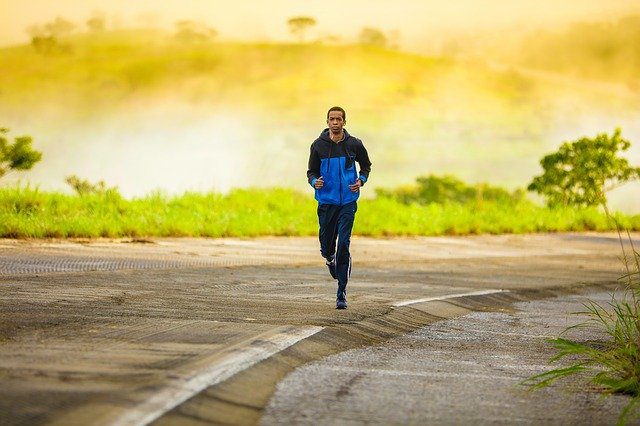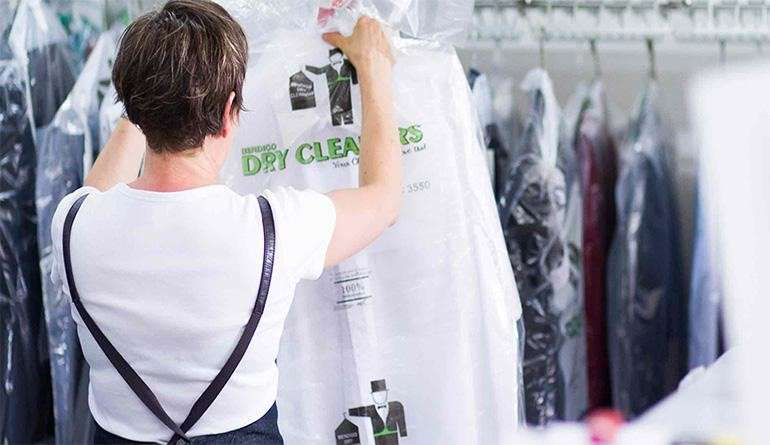I am not an elite athlete. I’m just a guy on the verge of middle age who likes to run, bike, play soccer and tennis. If I can push myself a few times a week and conserve energy to crawl with my daughter, I am satisfied.
For me that is a useful filter. Professionals have unlimited budgets and few occupations in their waking hours other than getting fitter. If you want to spend thousands ? or tens of thousands ? to sleep in an oxygen capsule with infrared pajamas, go ahead! But chances are you’re only interested in things that work, are safe, and fit your schedule and budget. So trust this guy with a day job, back pain and a new baby. This is what I have learned in two years of research for my book Play On.
Does your training
The importance of dosing and the risks of not dosing have been burned into me by people like soccer coach Raymond Verheijen and sports scientist and Doctor Trent Stellingwerff.
For an elite athlete, dosing can mean creating a structured program of gradual enhancement and narrowing that leads to the best physical shape at any given time. For me, it is about some principles: increase the training gradually, prepares my body for specific requests and avoids fatigue. If you invite me to play soccer and I’m not fit for it, or if I have an injury I could play with, I would say no. Staying on the bench bothers you, but not as much as losing yourself all season because you have hurt yourself.
Emphasize recovery
Elite weightlifters end their workouts differently than we do the rest. Strength trainers talk about loading and unloading, that is, the former should always be followed by the latter. Now I think in those terms. For those of us who don’t lift weights, “unloading” means yoga, myofascial self-release, snow tubing, aqua jogging, or meditation. It encompasses both recovery and range-of-motion work that prevents movement limitations and compensations that can accumulate over time and lead to injury.
I used to see happy hour as a valid cooling routine. Now I’m a fan of stretching and self-massage, and I have a closet full of straps, ribbons, foam rollers, and lacrosse balls in return. Committing to these costs if you have a busy schedule, which can tempt you to prolong your training and skip stretching. And it’s a bad change.
Hit it hard, without going over
Part of your workouts should be high intensity and the rest – say 80% – should be done at very low intensity. Again, I don’t follow any formal polarized training, but I try to avoid what Stellingwerff says is the most common mistake among athletes: getting too much cane on quiet days and not being able to push yourself as hard as you want next time.
Instead, I have shortened and intensified my hard workouts. Older elite athletes maintain their competitiveness by being more cautious with their workouts, spending their little time honing specific skills and correcting their sports weaknesses. For me, this often involves taking two minutes before starting to make a plan on a poster. A little intention goes a long way.
Eat to gain muscle
Much of the “science” of nutrition sold to athletes is bullshit. If you eat healthy – lots of assorted fruits and vegetables, protein, cereal, and few sugars and processed foods – you’re probably doing well. But if you want to avoid losing muscle tone as you age, a couple of things are worth changing. I have increased the proteins in my diet, as well as the number of times a day I consume them, following the recommendations of the triathlete, nutrition scientist and doctor Asker Jeukendrup. A side benefit: Adding protein to something you eat well lowers your glycemic index, explains Chris Jordan, who has a master’s degree in science and a Strength and Conditioning Training Specialist (CSCS) Certification, get redirected here https://naturactin.com/ great post to read.
So if I want a chocolate chip oatmeal cookie without feeling a drop in sugar, I add a pinch of almond butter. I also try to take 3 to 5 milligrams of creative powder per day, usually in a smoothie or glass of milk, just before or after training. It has had a palpable effect on my ability to build and maintain muscle mass.
Focus on smaller muscle groups
For athletes with a history of injury or physical limitations (all of us sooner or later), the key to optimal physical fitness is to separate desirable training efforts from undesirable ones. If you have access to an Alter anti-gravity tape or Katas bands, great. If not, there are hundreds of ways to adopt this concept.
Instead of adding weight to an exercise, I will add a balanced component, such as doing push-ups with medicine balls in my hands or incorporating a second force vector, for example, tying a resistance elastic band around my knees while doing squats. Focusing on smaller, sloppy muscle groups isn’t the recipe for them to get huge, but it’s a great way to build functional strength and avoid injury.
Learn new things
Challenging your body the same way day after day for decades is an effective way to spoil it. Challenging him in different ways is the perfect cure. I am fascinated by elite athletes and, like most mortals; I am envious of what they are capable of. But they should also envy us.
There’s nothing like trying something new and being a mess, and then being a little less messy every day. Science has not yet managed to make us younger. This quest ? that of being fitter and faster and better in what we each like ? is what most closely resembles the fountain of eternal youth.










